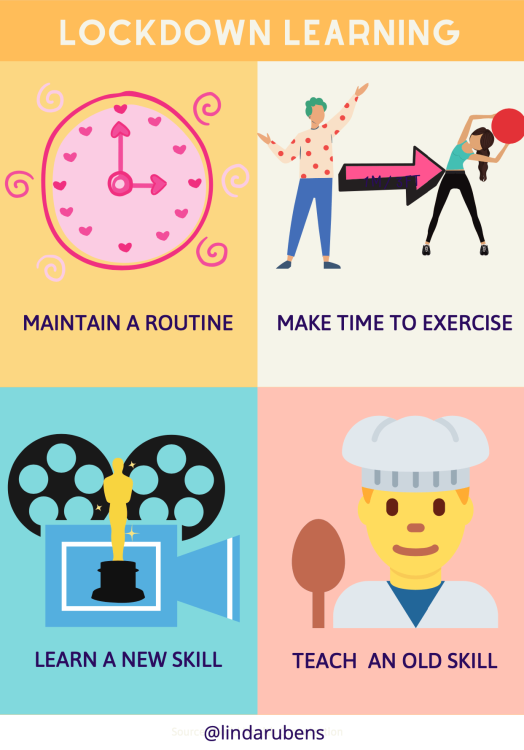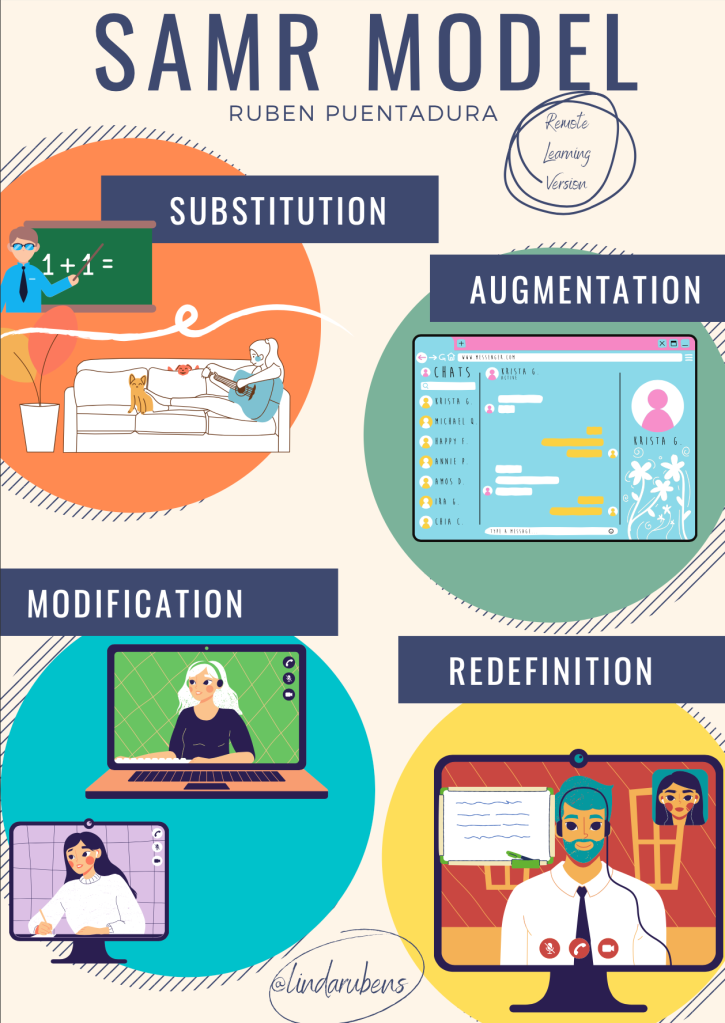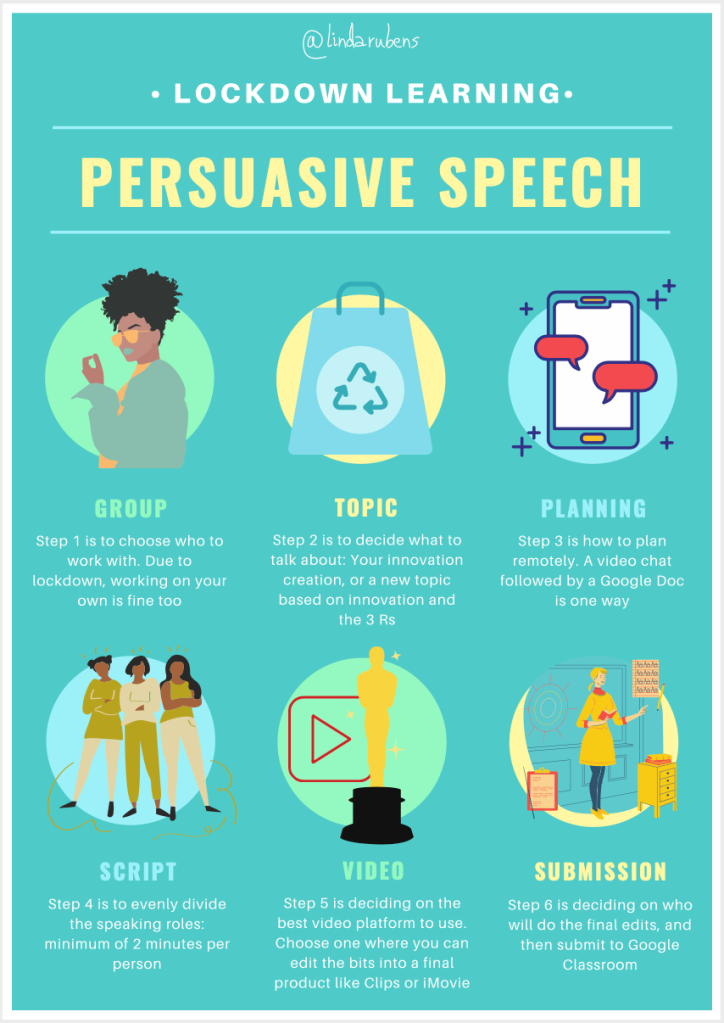If teaching as inquiry has taught me one thing, it is the value of reflection. As we move towards level 2 of the lockdown period, I felt it timely to look at what lockdown learning has taught me.
It is important to acknowledge that this is the first global crisis we have all faced for decades. Some of us have faced momentous events in history which have shaped the world we live in. The disbanding of apartheid; the fall of the Berlin Wall; earthquakes and volcanic eruptions. But these events, massive and life-changing as they were, were often based in a region, or a country, thus felt most keenly in those regions. This Covid_19 pandemic is something new to all of us. Just look at the varying ways that world leaders have reacted to the pandemic. So with no guidebook to follow, and no previous experience to draw on, there was much to learn.
Basics
However there are some basic principles which we all seemed to agree on because they made logical sense, like hygiene rules and that staying at home saves lives. Routine was also high on my family’s agenda, as I guess it was for many people. I even made the following poster, highlighting what I felt were the cornerstones for a stable start to lockdown.

Remote Learning
But what about remote learning? What should that look like for our students? Teachers know who has devices, and possibly the state of the devices. But not what their home internet is like. Or in fact what their responsibilities are at home, or the circumstances of their family in the midst of a global pandemic. So to go in rigidly and with little flexibility seemed the least practical option. And a one-size-fits-all approach would fail, no question.
SAMR Model
I decided to go for a similar approach to my at school teaching. All resources are online and accessible. I added some new videos to supplement the resources. And then I had the opportunity to read a publication by JJ Purton Jones where she referenced Rueben Puentadura’s SAMR model. To be honest at first I thought that the model was a bit out of date having used it in our implementation of devices in the classroom back in 2012. But then, when I overlaid the model on my planning for the upcoming lockdown learning, it made perfect sense. So I made another poster.

You see, if we simply tried to substitute our classrooms into students’ living spaces, we would be very disappointed. Online learning is not like real time learning, so to replicate length of lessons, and even start and end times, I believe would flop dismally for most students. The augmentation and modification are steps we have been taking with resources and submissions for a while, so that was a simple process. And then, I was so pleased that some redefinition came from my students. When I suggested we go to video speeches for the annual speech competition, they asked for it to be livestreamed rather than pre-recorded. So that’s what we’ll do even though we will be back at school.
This is when I made a clear distinction, for both myself and my students, that I would balance synchronous and asynchronous teaching. This allows student choice and agency, while giving them a solid framework to work in.
Asynchronous Teaching and Learning
I started by making Quicktime videos. Quicktime Player is a fantastic tool because you can screen record and highlight the bits of the work which you want students to focus on. You can also add the feature of video-within-video mode, which pops your face into the corner of the screen while you explain a concept, task or process. Like this.
Having spent years making videos for students to work at their own pace, I had resources to choose from. But I did make a few fresh ones using the new feature in Clips called scenes. Scenes and filters are great to hide behind. Like this.
I also enjoyed making posters with step-by-step instructions to lead them into the bigger, more detailed resources. Like this.

Synchronous Teaching and Learning
This involves real-time connecting and collaborating. We have primarily used Meet video calls for both student classes and teachers’ meetings. We quickly realised that meeting etiquette is more important online than in face-to-face situations. So the rules are simple: mute mics unless speaking. I think we were all surprised by how few of our students were prepared to talk, choosing rather to use the chat box. The exception was when you addressed them by name, or when a small group ‘remained behind’ after the class to ask specific questions.
It is important to remember that you are not trying to substitute a real lesson with an online one. They are different, the dynamics are different. My strategy was much like Jacinda Ardern: Go hard and go early. And be kind. So lessons were structured around a short time frame with three to four main points. All of which were backed up with pre-recorded videos. I also sent out a weekly schedule detailing when I would be checkpointing and available online, and when we would have video calls. I tried to balance these so that I was available both synchronously and asynchronously, and students had agency and choice. Balance is vital for all of us.
Student Work
I have checkpointed work more than ever before. Many students have proved that they can work independently and produce work of a very high caliber. What amazed me as I progressed through the year 10 video submissions was the lack of monotonous-staring-at -the-screen type videos. They presented speeches with visuals popping up beside them in a very professional manner. Some even managed to do virtual group work with interesting cutaways to create seamless transitions.
I believe we have learnt much through this whole experience. About ourselves and our families; about our systems and about our world leaders. About getting back to basics. I have enjoyed this simple way of life and slower pace. I plan on keeping these elements in clear focus as we move into the new normal.
Summary
Did my methods work for my students? I’m sure they will be keen to share what helped…and what hindered…their lockdown learning when we are back together again. Albeit at a bit of a distance.


Awesome post Linda! I love all your posters and vids, they look great 😀
Thanks Chris! Always appreciate your feedback 😃
I loved reading this Linda. Very well put and the posters and videos are, as usual, reflective of your creativity.
Thanks Althea! As you know, I love to create posters that have the details in a creative way.